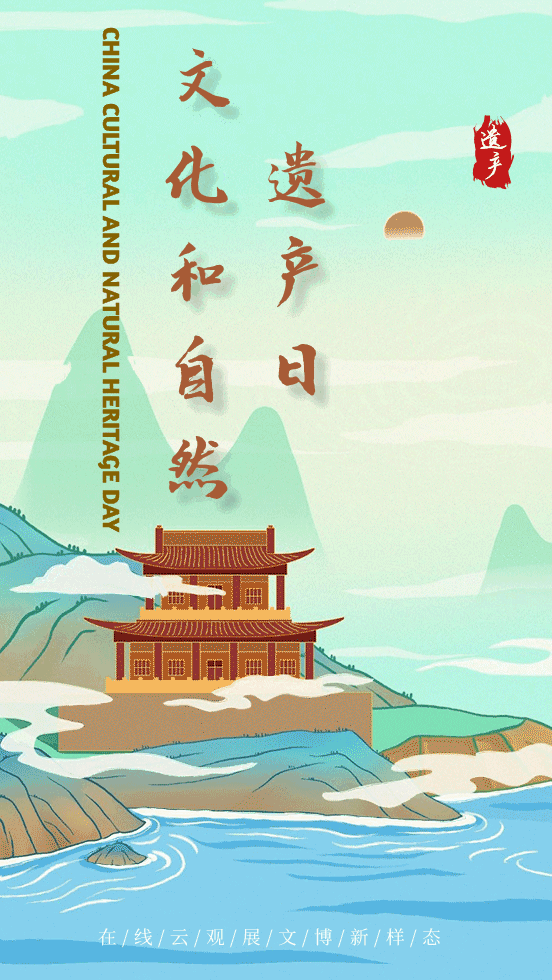
2006年,中国将每年6月第二个星期六设立为文化遗产日,并于2017年起扩展为“文化和自然遗产日”,以提高人们对文化和自然遗产保护重要性的认识,动员全社会共同参与、关注和保护文化遗产。
In 2006, China endowed the second Saturday of June as China Cultural Heritage Day to promote understanding of the importance of cultural heritage protection and mobilize the whole society to care and protect cultural and natural heritages. It was enlarged and renamed as China Cultural and Natural Heritage Day in 2017.
中国的世界遗产
World Heritage in China
中国拥有55处世界遗产,其中世界文化遗产37项(含世界文化景观5项)、世界自然遗产14项、世界文化与自然双重遗产4项。There are 55 world heritage sites in China, including 37 world cultural heritage sites (5 of which were listed as World Cultural Landscape Heritage), 14 world natural heritage sites and 4 mixed heritage sites.
世界文化遗产:周口店北京人遗址;莫高窟;长城;秦始皇陵及兵马俑坑;京沈明清皇宫;武当山古建筑群;曲阜孔庙、孔林、孔府;承德避暑山庄及周围寺庙;拉萨布达拉宫历史建筑群;苏州古典园林;平遥古城;丽江古城;天坛:北京皇家祭坛;颐和园:北京皇家园林;大足石刻;皖南古村落西递、宏村;明清皇家陵寝;龙门石窟;青城山和都江堰;云冈石窟;高句丽王城、王陵及贵族墓葬;澳门历史城区;殷墟;开平碉楼与村落;福建土楼;河南登封“天地之中”历史建筑群;元上都遗址;大运河;丝绸之路:长安-天山廊道路网;土司遗址;鼓浪屿:历史国际社区;良渚古城遗址World Cultural Heritage Sites: Peking Man Site at Zhoukoudian; Mogao Caves; The Great Wall; Mausoleum of the First Qin Emperor; Imperial Palaces of the Ming and Qing Dynasties in Beijing and Shenyang; Ancient Building Complex in the Wudang Mountains; Temple and Cemetery of Confucius and the Kong Family Mansion in Qufu; Mountain Resort and its outlying temples, Chengde; Historic Ensemble of the Potala Palace, Lhasa; Classical Gardens of Suzhou; Ancient City of Ping Yao; Old Town of Lijiang; Temple of Heaven: an Imperial Sacrificial Altar in Beijing; Summer Palace, an Imperial Garden in Beijing; Dazu Rock Carvings; Ancient Villages in Southern Anhui – Xidi and Hongcun; Imperial Tombs of the Ming and Qing Dynasties; Longmen Grottoes; Mount Qingcheng and the Dujiangyan Irrigation System; Yungang Grottoes; Capital Cities and Tombs of the Ancient Koguryo Kingdom; Historic Centre of Macao; Yin Xu; Kaiping Diaolou and Villages; Fujian Tulou; Historic Monuments of Dengfeng in “The Centre of Heaven and Earth”; Site of Xanadu; The Grand Canal; Silk Roads: the Routes Network of Chang’an-Tianshan Corridor; Tusi Sites; Kulangsu, a Historic International Settlement; Archaeological Ruins of Liangzhu City
世界自然遗产:九寨沟风景名胜区、黄龙风景名胜区、武陵源风景名胜区、云南三江并流保护区、四川大熊猫栖息地、中国南方喀斯特、三清山国家公园、中国丹霞、澄江化石遗址、新疆天山、湖北神农架、青海可可西里、梵净山、中国黄(渤)海候鸟栖息地World Natural Heritage Sites: Jiuzhaigou Valley Scenic and Historic Interest Area; Huanglong Scenic and Historic Interest Area; Wulingyuan Scenic and Historic Interest Area; Three Parallel Rivers of Yunnan Protected Areas; Sichuan Giant Panda Sanctuaries – Wolong, Mt Siguniang and Jiajin Mountains; South China Karst; Mount Sanqingshan National Park; China Danxia; Chengjiang Fossil Site; Xinjiang Tianshan; Hubei Shennongjia; Qinghai Hoh Xil; Fanjingshan; Migratory Bird Sanctuaries along the Coast of the Yellow Sea-Bohai Gulf of China (Phase I)
世界文化与自然遗产:泰山、黄山、峨眉山—乐山大佛、武夷山Mixed Heritage Sites: Mount Taishan; Mount Huangshan; Mount Emei Scenic Area, including Leshan Giant Buddha Scenic Area; Mount Wuyi
世界文化景观遗产:庐山国家公园、五台山、杭州西湖文化景观、左江花山岩画文化景观、云南红河哈尼梯田文化景观World Cultural Landscape Heritage Sites: Lushan National Park; Mount Wutai; West Lake Cultural Landscape of Hangzhou; Zuojiang Huashan Rock Art Cultural Landscape; Cultural Landscape of Honghe Hani Rice Terraces
世界遗产影像学
World Heritage Imageology
世界遗产影像学是享有“学者型摄影家”之称的著名摄影家梅生先生提出的学术观点,他主张“建立一个概念、寻找一种方法、完成一个体系”为学理基础,以“文献性、学术性、艺术性”为评判标准,探索摄影艺术的新表现形式,论证摄影美学的新思维方式,用影像来呈现、研究和保护世界遗产,在“世界遗产影像学”方面进行开创性的工作。World heritage imageology is an academic concept proposed by renowned “scholar photographer” Mr. Mei Sheng. Based on the notions of “establishing a concept, seeking an approach and building a system” and criteria of documentary, academic and artistic perspectives, Mei explores new expression forms of photographic art and demonstrates new modes of thinking in photography aesthetics to display, research and protect world heritage, pioneering in the field of world heritage imageology.
历经十月有余,“梅生世界遗产影像学”项目组以“皇家园林”作为创作专题,在梅生先生的学术理念指导下,在故宫、颐和园、圆明园、北海公园以及承德避暑山庄进行了大量实地拍摄研习,从创意到实践,从碎片到体系,最终一个新的摄影学科的初期实践成果以《总把江山入画图》——世界遗产影像学之皇家园林项目成果展的形式在2018北京国际摄影周上亮相,实现用影像来呈现、研究和保护世界遗产。For over ten months, Mei Sheng guided his team to complete the “Imperial Palace” project by conducting field research in the Forbidden City, Summer Palace, Yuanmingyuan (Old Summer Palace), Beihai Imperial Garden, Mountain Resort and its outlying temples in Chengde, etc. From idea to practice, from fragments to a system, the final outcome was exhibited in Photo Beijing 2018 as a demonstration of displaying, researching and protecting world heritage through images.
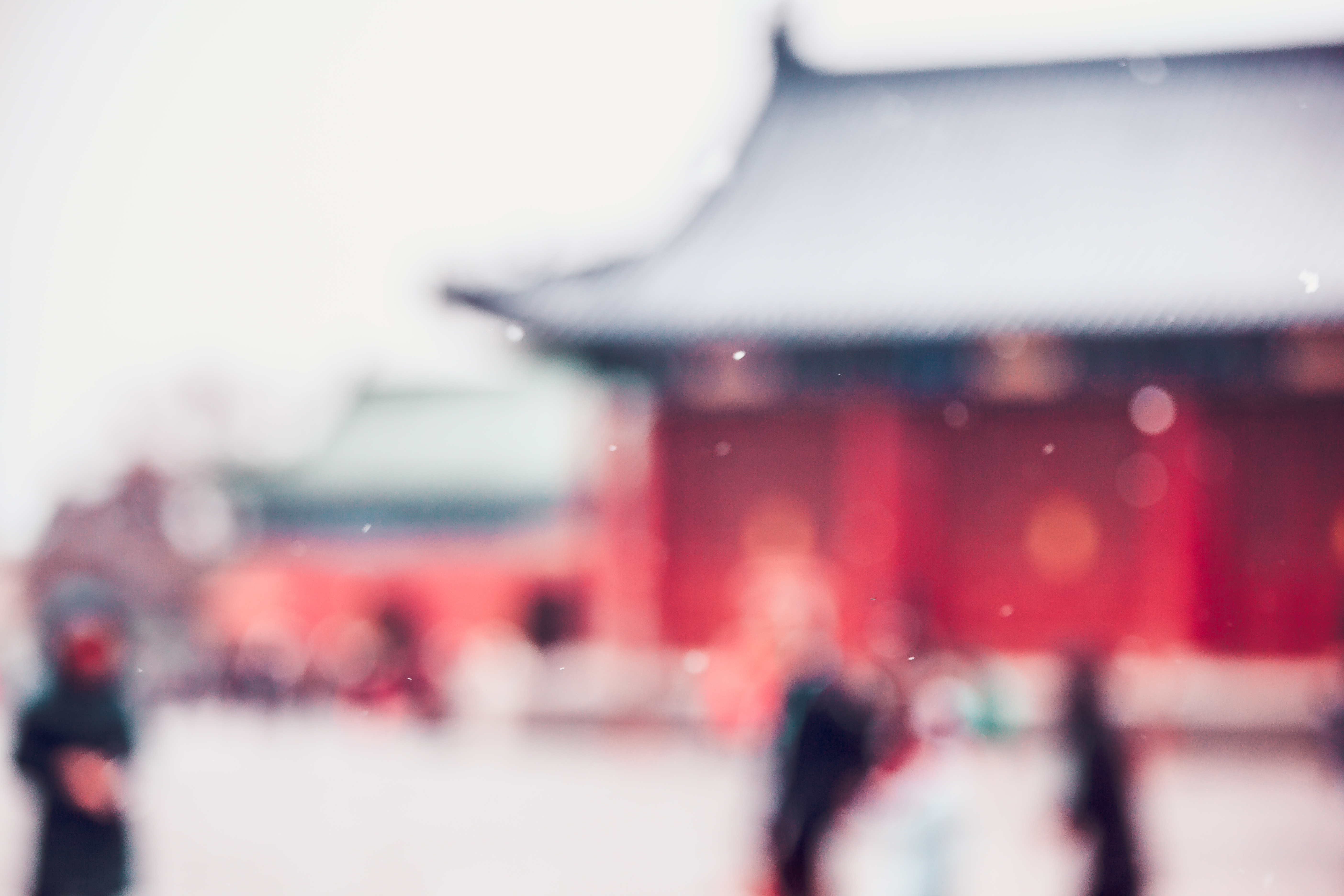
皇家宫殿 Imperial Palace / 黄海 Huang Hai
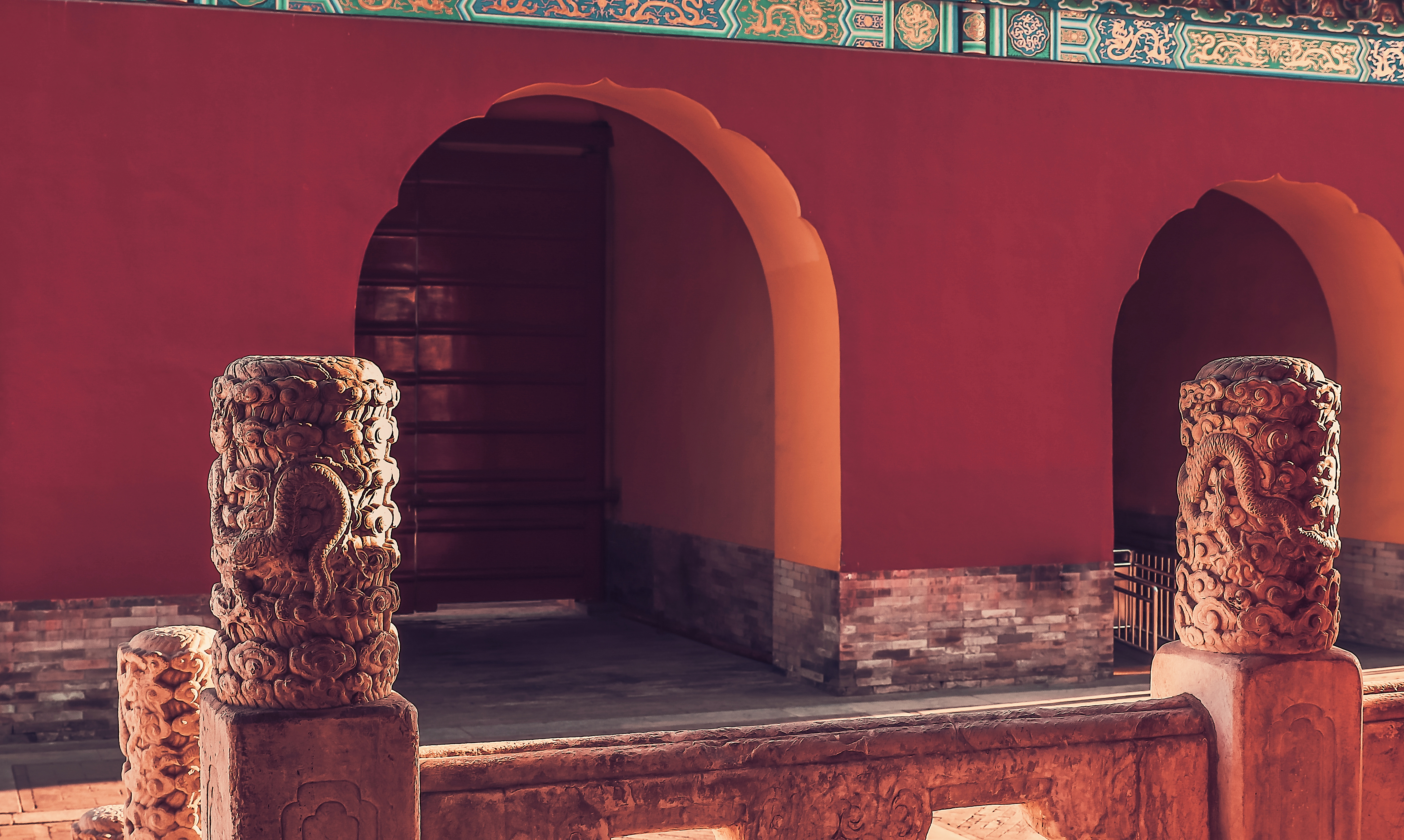
皇家宫殿 Imperial Palace / 黄海 Huang Hai
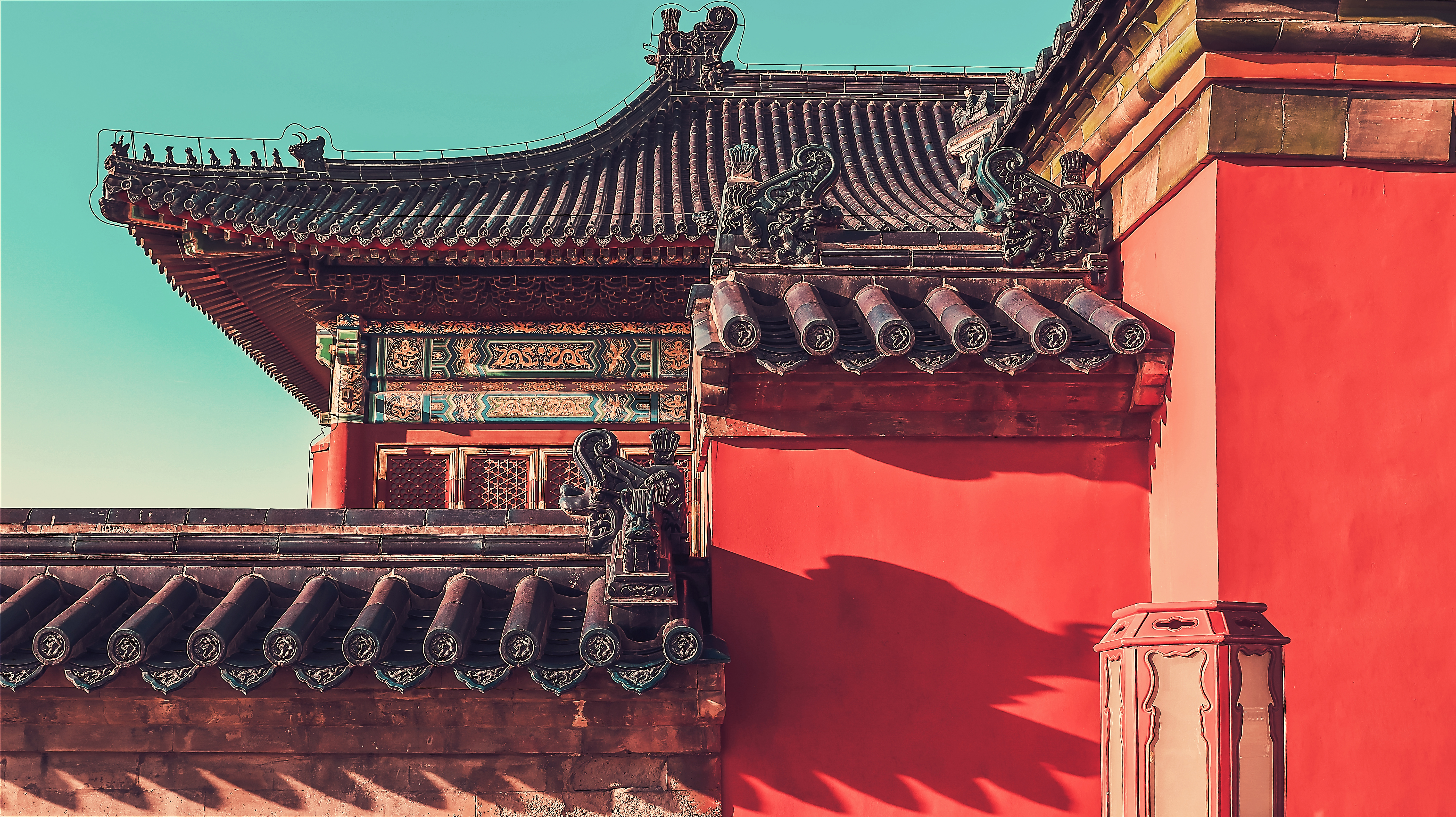
皇家宫殿 Imperial Palace / 黄海 Huang Hai
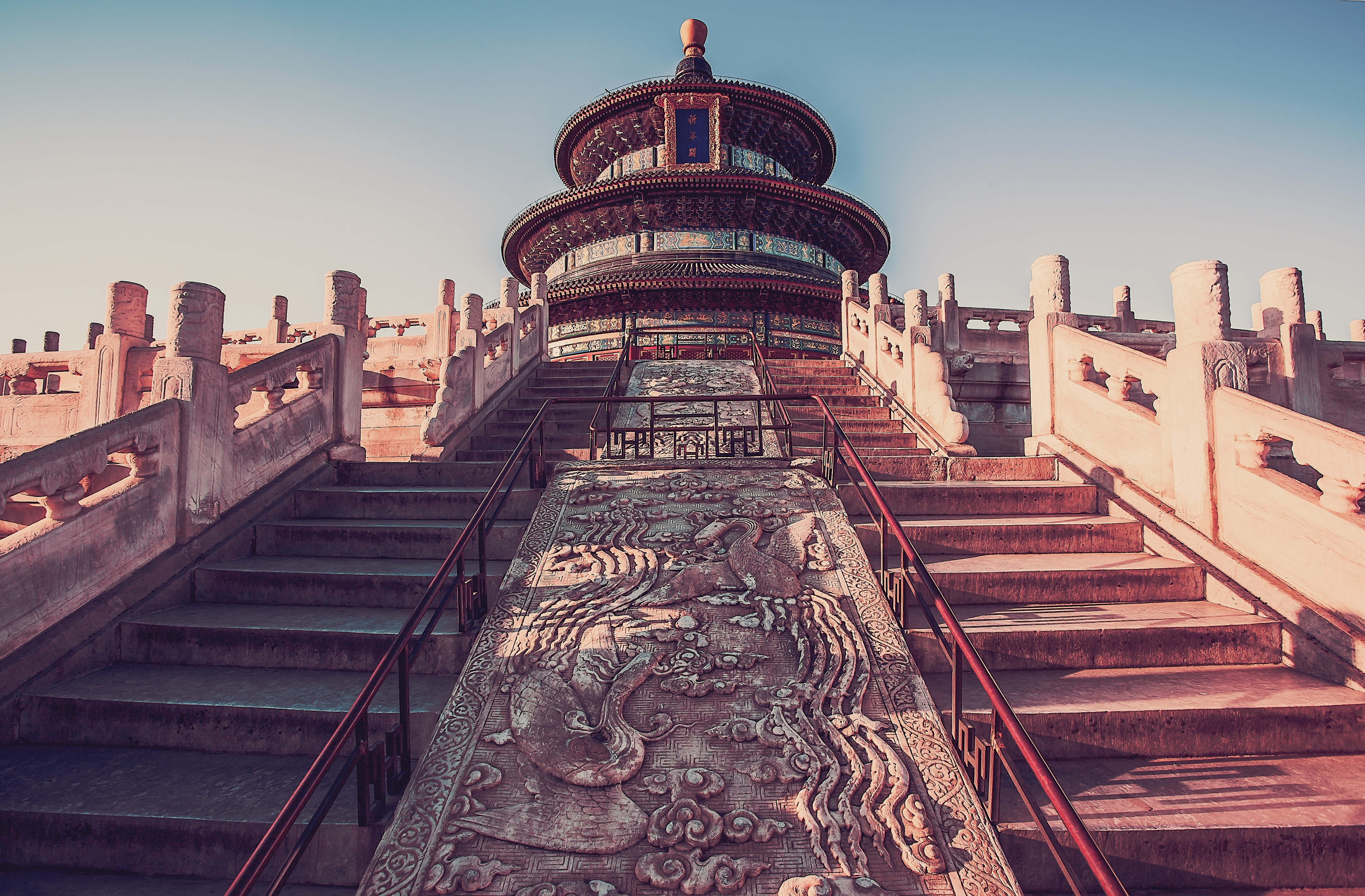
皇家宫殿 Imperial Palace / 黄海 Huang Hai
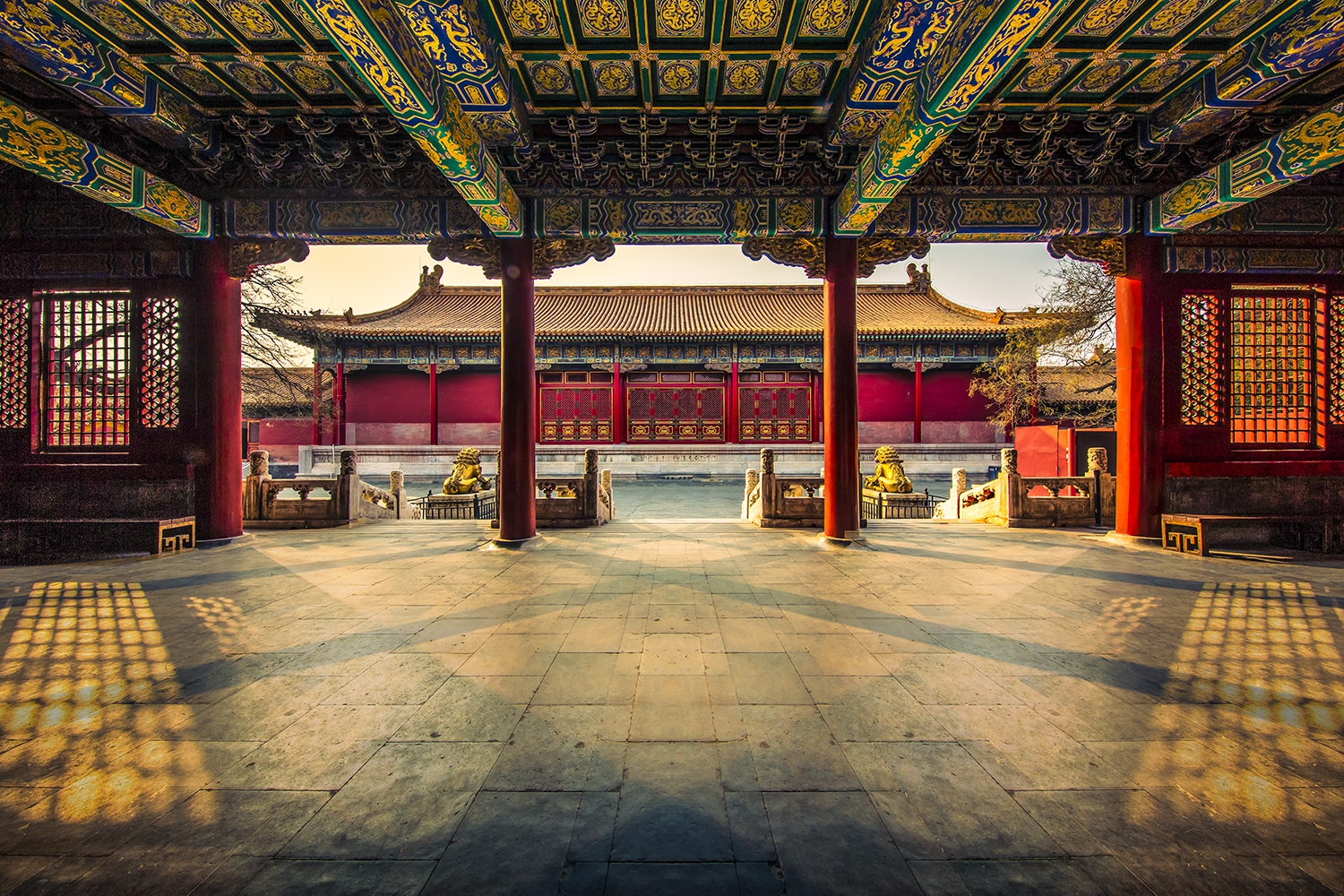
皇家宫殿 Imperial Palace / 刘昕 Liu Xin
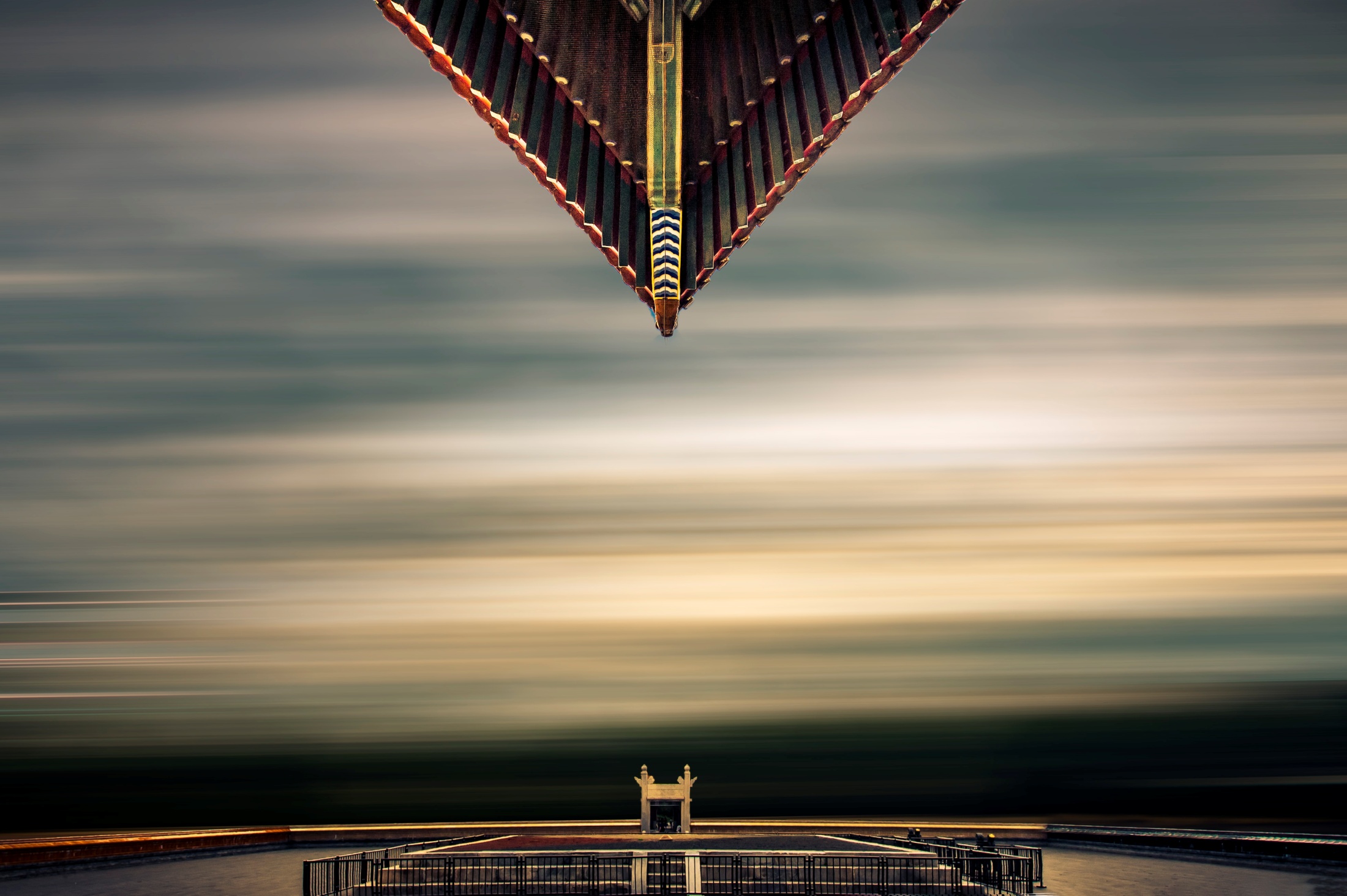
皇家宫殿 Imperial Palace / 刘昕 Liu Xin
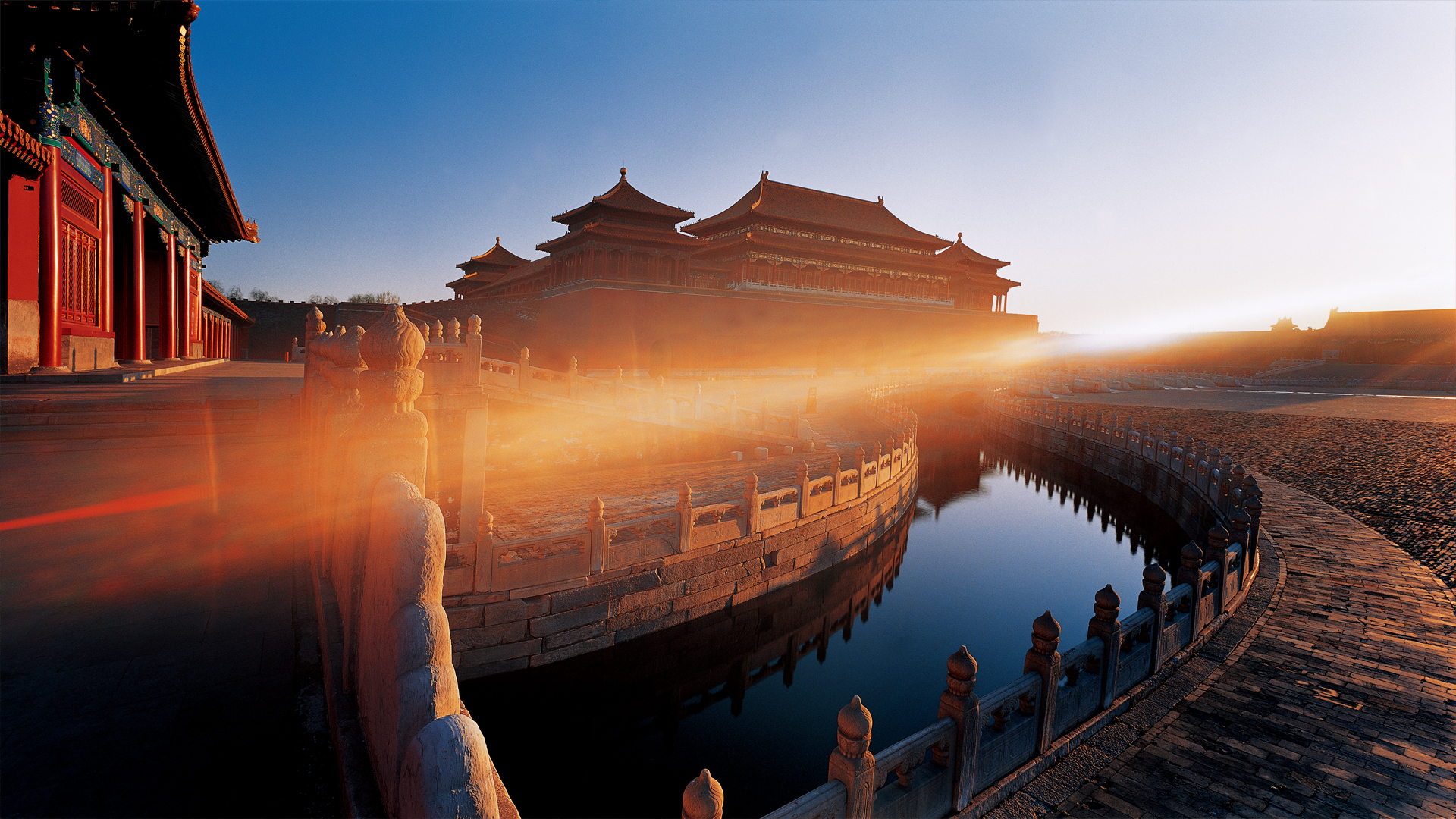
皇家宫殿 Imperial Palace / 周梅生 Zhou Meisheng
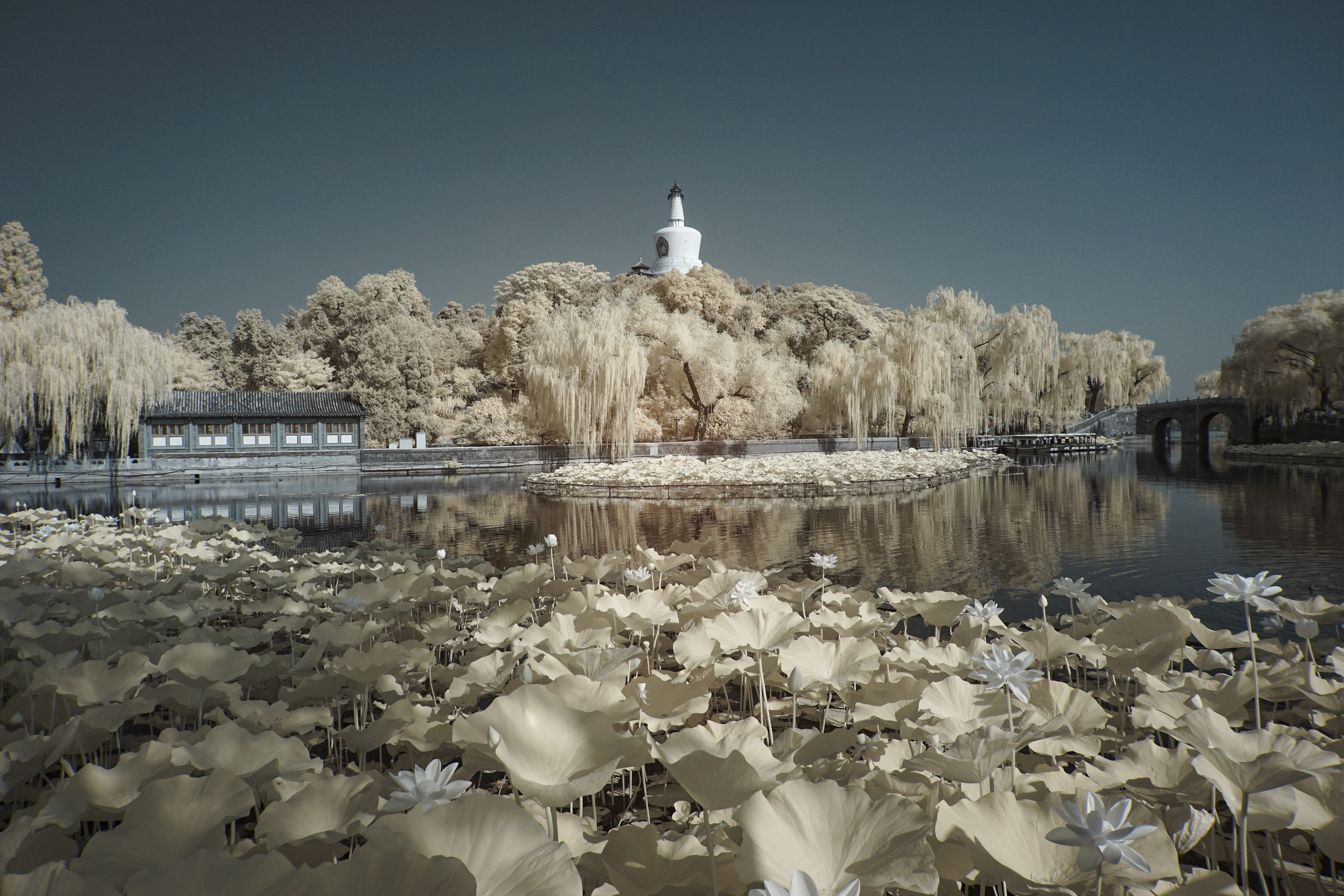
北海全景 Beihai / 郁青峰 Yu Qingfeng
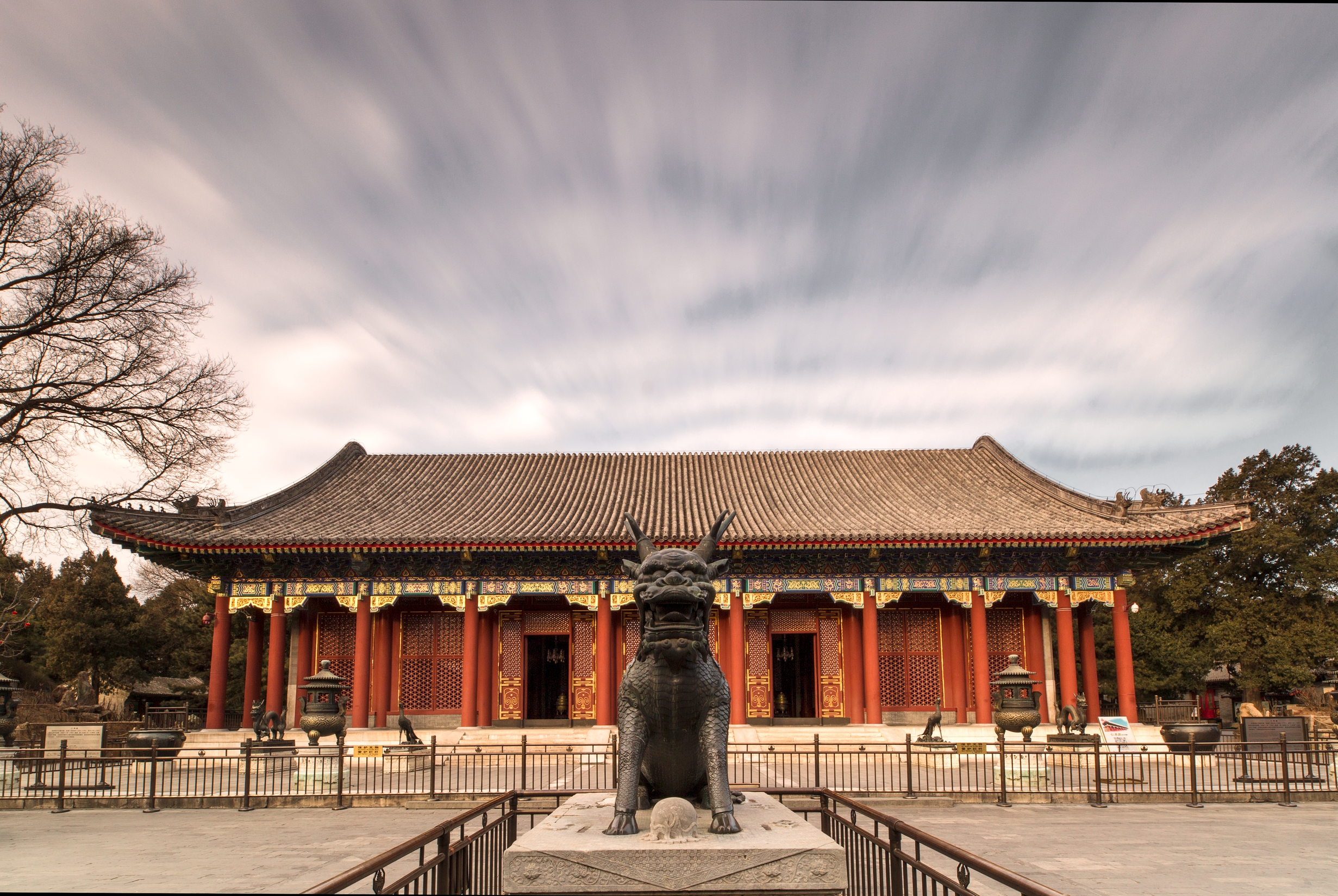
晚清风云【颐和园·仁寿殿】 Hall of Benevolence and Longevity (Renshoudian), Summer Palace / 范炳远 Fan Bingyuan
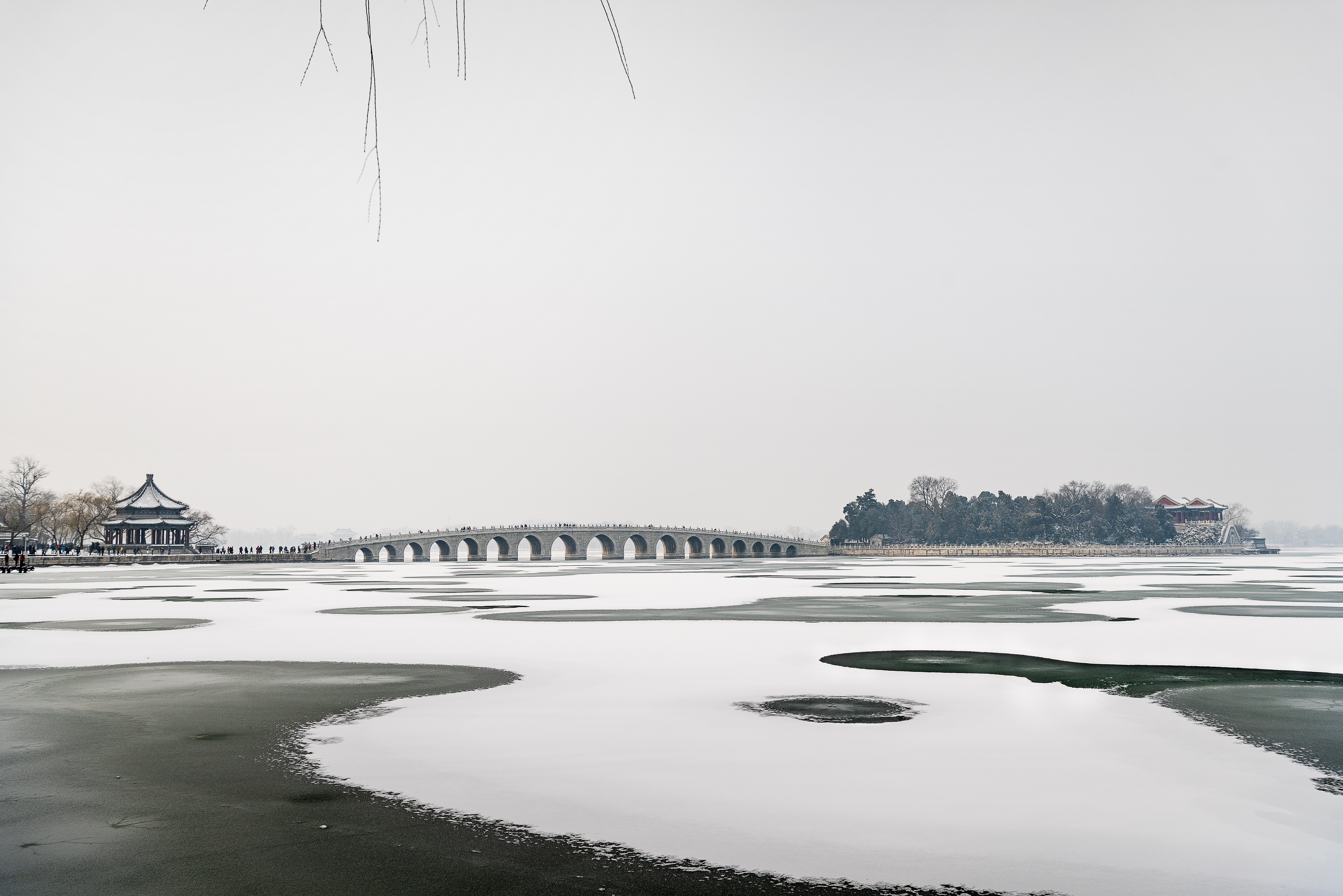
尊奉九重长虹卧波【颐和园·东堤】 East Causeway, Summer Palace / 徐振国 Xu Zhenguo
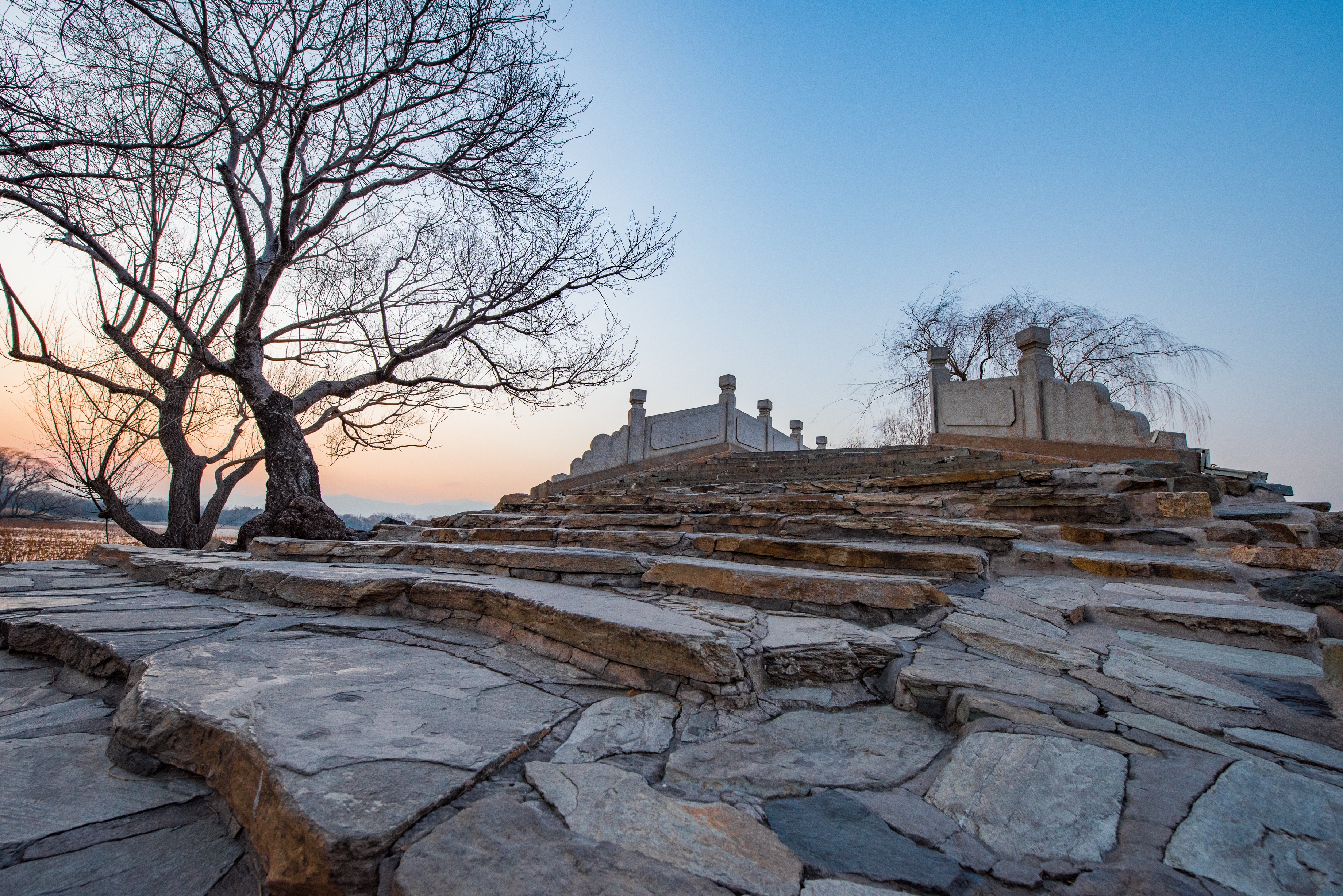
树语桥说【颐和园·西堤无名桥】 Bridge on the West Causeway, Summer Palace / 叶红兵 Ye Hongbing
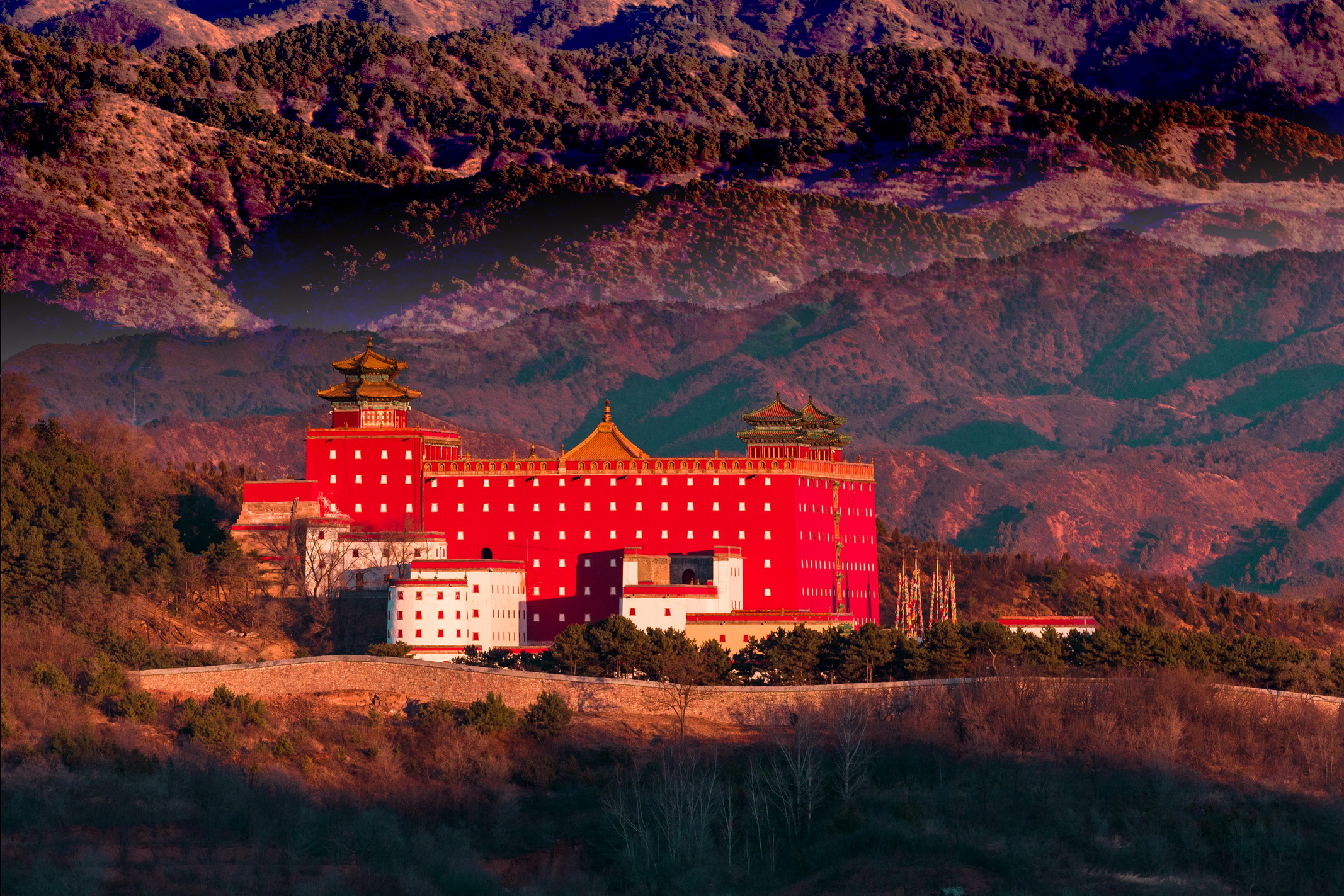 千里山川一点红【普陀宗乘之庙】 Putuozongsheng Temple / 唐志祥 Tang Zhixiang
千里山川一点红【普陀宗乘之庙】 Putuozongsheng Temple / 唐志祥 Tang Zhixiang
中国非物质文化遗产
China Intangible Cultural Heritage
联合国教科文组织《保护非物质文化遗产公约》中所称非物质文化遗产,“指被各社区、群体,有时是个人,视为其文化遗产组成部分的各种社会实践、观念表述、表现形式、知识、技能以及相关的工具、实物、手工艺品和文化场所。这种非物质文化遗产世代相传,在各社区和群体适应周围环境以及与自然和历史的互动中,被不断地再创造,为这些社区和群体提供认同感和持续感,从而增强对文化多样性和人类创造力的尊重。”
According to the Convention for the Safeguarding of the Intangible Cultural Heritage of UNESCO, “the ‘intangible cultural heritage’ means the practices, representations, expressions, knowledge, skills – as well as the instruments, objects, artefacts and cultural spaces associated therewith – that communities, groups and, in some cases, individuals recognize as part of their cultural heritage. This intangible cultural heritage, transmitted from generation to generation, is constantly recreated by communities and groups in response to their environment, their interaction with nature and their history, and provides them with a sense of identity and continuity, thus promoting respect for cultural diversity and human creativity.”
截至2018年12月,中国列入联合国教科文组织非物质文化遗产名录(名册)项目共计40项,包括昆曲、古琴艺术、新疆维吾尔木卡姆艺术、蒙古族长调民歌、中国篆刻、中国雕版印刷技艺、中国书法、中国剪纸、中国传统木结构建筑营造技艺、南京云锦织造技艺、端午节、中国朝鲜族农乐舞、妈祖信俗、蒙古族呼麦歌唱艺术、南音、热贡艺术、中国传统桑蚕丝织技艺、龙泉青瓷传统烧制技艺、宣纸传统制作技艺、西安鼓乐、粤剧、花儿、玛纳斯、格萨(斯)尔、侗族大歌、藏戏、中医针灸、京剧、中国皮影戏、中国珠算、二十四节气、藏医药浴法、羌年、黎族传统纺染织绣技艺、中国木拱桥传统营造技艺、麦西热甫、中国水密隔舱福船制造技艺、中国活字印刷术、赫哲族伊玛堪、福建木偶戏后继人才培养计划。By December 2018, 40 intangible cultural heritage elements of China were inscribed on the lists of UNESCO, including Kun Qu opera; Guqin and its music; Uyghur Muqam of Xinjiang; Urtiin Duu, traditional folk long song; Art of Chinese seal engraving; China engraved block printing technique; Chinese calligraphy; Chinese paper-cut; Chinese traditional architectural craftsmanship for timber-framed structures; Craftsmanship of Nanjing Yunjin brocade; Dragon Boat festival; Farmers’ dance of China’s Korean ethnic group; Mazu belief and customs; Mongolian art of singing, Khoomei; Nanyin; Regong arts; Sericulture and silk craftsmanship of China; Traditional firing technology of Longquan celadon; Traditional handicrafts of making Xuan paper; Xi’an wind and percussion ensemble; Yueju opera; Hua’er; Manas; Gesar epic tradition; Grand song of the Dong ethnic group; Tibetan opera; Acupuncture and moxibustion of traditional Chinese medicine; Peking opera; Chinese shadow puppetry; Chinese Zhusuan, knowledge and practices of mathematical calculation through the abacus; The Twenty-Four Solar Terms, knowledge in China of time and practices developed through observation of the sun’s annual motion; Lum medicinal bathing of Sowa Rigpa, knowledge and practices concerning life, health and illness prevention and treatment among the Tibetan people in China; Qiang New Year festival; Traditional Li textile techniques: spinning, dyeing, weaving and embroidering; Traditional design and practices for building Chinese wooden arch bridges; Meshrep; Watertight-bulkhead technology of Chinese junks; Wooden movable-type printing of China; Hezhen Yimakan storytelling; Strategy for training coming generations of Fujian puppetry practitioners.作为履行《公约》缔约国义务的必要举措,中国建立国家级非物质文化遗产代表性项目名录,将体现中华民族优秀传统文化,具有重大历史、文学、艺术、科学价值的非物质文化遗产项目列入名录予以保护。目前已有1372个国家级非物质文化遗产代表性项目,含3145个子项。同时,还设立有省级、市级和县级非物质文化遗产名录,以在最大程度上实现对非遗的传承与保护。
As a necessary measure to fulfill the obligations of the contracting states to the Convention, China has established a national representative list of intangible cultural heritage projects to protect those that embody great traditional Chinese culture with significant historical, literary, artistic and scientific values. 1372 projects have been inscribed on the list, including 3145 sub projects. Meanwhile, provincial, municipal and county intangible cultural heritage lists were also established to maximize the promotion and protection of Chinese intangible cultural heritage.
广州蛋雕
Eggshell carving in Guangzhou
广州打铜
Handmade copperwares in Guangzhou
糖塑(吹糖人)
Self-made sugarman
视频由中国文化网提供/Videos provided by chinaculture.org
今年遗产日非遗全国主会场活动“云游非遗·影像展”由中国演出行业协会联合腾讯视频、爱奇艺、优酷、抖音、快手、哔哩哔哩、酷狗音乐、微博等网络平台共同承办,全网联动,线上呈现,1000余部非遗传承纪录影像、非遗题材纪录片将在线进行公益性展播。一场非遗文化的盛宴,期待与大家共赏!
Free streaming of over 1000 documentaries on intangible cultural heritage will be provided from June 8 to 14 on a variety of online platforms, including Tencent Video, iQIYI, Youku, Douyin, Kuaishou, bilibili, Kugou, Weibo, etc. A feast of intangible cultural heritage, you are always welcome to join!

资料来源 / Sources:
中华世纪坛 China Millennium Monument
中国文化网 chinaculture.org
UNESCO https://en.unesco.org/
http://www.ihchina.cn/
Facebook: China Cultural Center in Stockholm
https://www.facebook.com/China-Cultural-Center-in-Stockholm-110983273921638
Tik Tok: cccinstockholm
Wechat: 斯德哥尔摩中国文化中心 or scan the QR code below










 千里山川一点红【普陀宗乘之庙】 Putuozongsheng Temple / 唐志祥 Tang Zhixiang
千里山川一点红【普陀宗乘之庙】 Putuozongsheng Temple / 唐志祥 Tang Zhixiang





很高兴自己的作品能在此展出,让更多的瑞典人能了解美丽的中国!
I am very glad that my photography works can be exhibited here, so that more Swedes can understand the beautiful China!